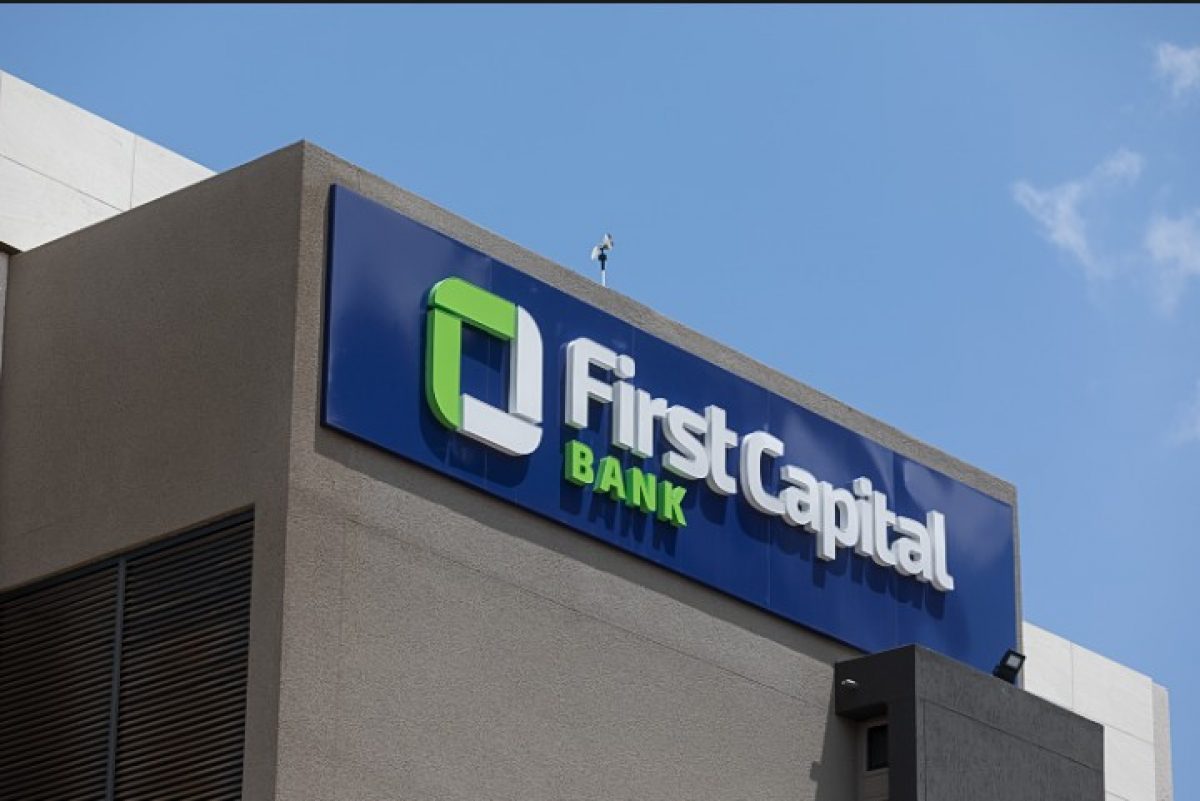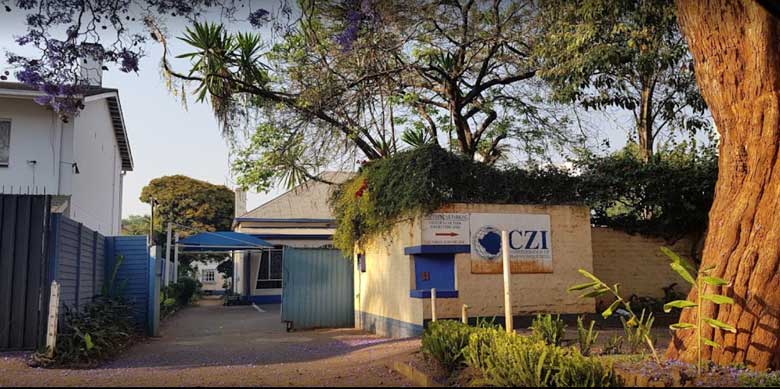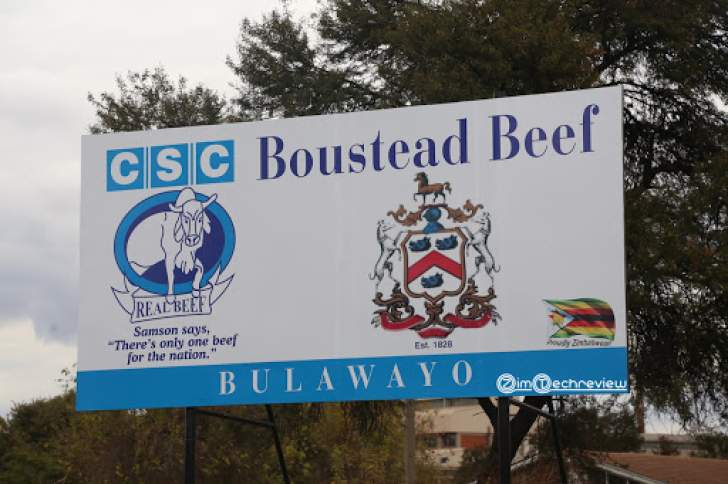
THE government has between January and September this year issued guarantees amounting to about US$191,8 million with most of them targeting agriculture and road rehabilitation.
A government guarantee is an arrangement in which a government entity undertakes payment of a debt or performance of an obligation in the event of a default by the primary creditor.
According to the public debt statement tabled in Parliament last month by Finance minister Mthuli Ncube, during the period January to September 2022, the government issued guarantees amounting to US$176 million and $10,49 billion, which amounts to US$191,8 using the prevailing exchange rate.
“Guarantees issued to the Agricultural Finance Corporation (AFC) Holdings, amounted to $5 billion and $96,16 billion to finance the 2022 winter wheat farming season and the 2022/23 summer cropping season respectively,” Ncube said in a statement.
For the 2022/23 summer farming season, Ncube said AFC Bank will raise resources through agro bills from the domestic money and capital markets—US$138,9 million and from the Reserve Bank of Zimbabwe Medium Term Accommodation Facility (MTAF) — US$15,8 million.
“All these guarantees were approved by the EDDC (external and domestic debt management committee) in 2022 and the gazetting of these guarantees is underway,” Ncube said.
The Zimbabwe National Road Administration (Zinara) also benefited from the government guarantee amounting to $4,6 billion for the road rehabilitation Emergency Road Rehabilitation Programme (ERRP) Phase 2.
In order to avert the fertiliser shortages due to the Russia/Ukraine conflict, in August 2022, government issued a partial guarantee amounting to $390 million (60%) on a $650 million facility from ZB Bank to Sable Chemicals for working capital requirements for the importation of ammonia gas from South Africa used in the manufacturing of ammonium nitrate fertiliser.
- AFC Bank capital plan gets RBZ nod
- Rampaging inflation hits Old Mutual . . . giant slips to $9 billion loss after tax
- Monetary measures spur exchange rate stability: RBZ
- Zim deploys IMF windfall to horticulture
Keep Reading
Outstanding guarantees as at end September 2022, amounted to US$1,68 billion and $32,22 billion.
“Guarantees issued to AFC Holdings, Infrastructure Development Bank of Zimbabwe, Zinara and Mbano Manor Hotel are on track and treasury is closely monitoring the performance through quarterly project implementation reports, to reduce the risk of default,” Ncube said.
Government issued guarantees to CBZ Agroyield for financing of agricultural activities for the 2019/20 to 2020/21 cropping seasons under the National Enhanced Agriculture Productivity Scheme (NEAPS), which amounted to $155,6 billion.
Of the total guarantees issued to CBZ Agroyield, the report shows that $3,9 billion have been called up.
Of this total amount of called up guarantees, $2,91 billion has been paid by the government, while $970 million is due and outstanding.
In addition, the government paid $8,5 billion for interest differential which emanated from interest rate differences between interest rates charged to farmers (17%) and interest rates for the CBZ Agroyield cost of funds of 55%.
“While treasury is in the process of honouring the called-up guarantees for CBZ Agroyield, the defaulting beneficiary farmers are, however, being followed up for recoveries,”Ncube said.
“Going forward, government guarantees for agriculture financing will benefit only those farmers with a track record of servicing their debts and delivering grain to the Grain Marketing Board (GMB).
The treasury chief said funding for NEAPS was being reviewed following challenges experienced since the inception of the programme in 2019.
The challenges include side marketing by farmers; reluctance by farmers to deliver their produce to GMB citing low grain prices being offered by GMB; and delivery of grain by farmers using different names making it difficult for the stop order system to recover loans.
He said the low recovery rate has necessitated the government to explore options which ensure sustainability in agriculture financing, including crowding in private sector investment in agriculture and adopting a competitive grain pricing and purchasing model.










